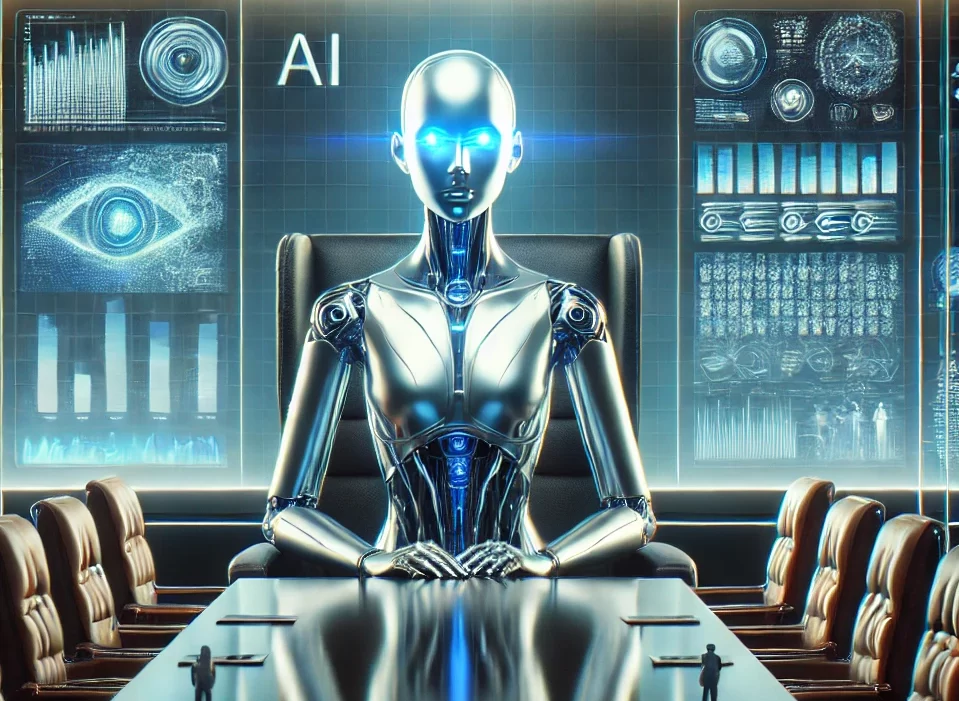Introduction
Artificial Intelligence, particularly machine learning models and neural networks, depends on the data they are trained on. Their effectiveness and intelligence are directly related to the quality and diversity of this data. When AI systems seem to underperform, it often points to issues with data quality, model training, or the specific application context, rather than a general decline in AI capabilities.

Data Quality and Bias
One significant factor affecting AI performance is data quality. If the training data is biased, incomplete, or outdated, the AI will reflect these shortcomings. This isn’t a sign of AI getting dumber but rather a reminder of the importance of high-quality, representative datasets. Efforts continue to tackle these issues with improved data collection and preprocessing techniques.

Model Training and Overfitting
Another factor is how models are trained. Overfitting—where a model learns the training data too well, including the noise and outliers—can lead to poor performance on new, unseen data. Advanced techniques like cross-validation, dropout, and regularization are employed to mitigate overfitting, ensuring models generalize better across diverse datasets.
Application Context
The context in which AI is applied also matters significantly. An AI model designed for a specific task may not perform well outside its intended scope. For instance, a speech recognition system trained on English may struggle with non-native accents or dialects it wasn’t exposed to during training. This doesn’t indicate a decline in AI intelligence but highlights the need for continual updates and retraining to adapt to new contexts and data.

Advances in AI Capabilities
Although facing setbacks and perceived limitations, AI keeps advancing significantly.
Natural Language Processing (NLP)
In recent years, advancements in NLP, such as OpenAI’s GPT-3 and Google’s BERT, have significantly improved the ability of AI systems to understand and generate human language. These models can generate coherent and contextually relevant text, answer questions, and even create code, demonstrating considerable intelligence in language understanding.

Computer Vision
AI systems in computer vision have achieved near-human accuracy in image and video recognition tasks. Innovations like convolutional neural networks (CNNs) and generative adversarial networks (GANs) have pushed the boundaries of what AI can perceive and interpret visually.

Autonomous Systems
Self-driving cars and drones have made significant advancements. Despite facing challenges like safety and regulations, AI technologies are improving to be more reliable.

Addressing the Perception of AI Getting Dumber
The perception that AI might be getting dumber often stems from unrealistic expectations or misunderstandings about AI’s capabilities and limitations. It’s crucial to recognize that AI is not infallible and that its performance is heavily dependent on the aforementioned factors.
Continuous Improvement
AI research and development are ongoing processes. Researchers and developers are continually working to improve algorithms, enhance data quality, and address biases. Innovations like transfer learning, reinforcement learning, and unsupervised learning are opening new avenues for AI to become even more intelligent and versatile.

Ethical Considerations
Ethical considerations also play a role in shaping AI’s development. Ensuring fairness, transparency, and accountability in AI systems is paramount. By addressing these ethical challenges, we can develop AI that is not only smarter but also more aligned with societal values and needs.

Conclusion
Looks like AI is not getting dumber. Instead, it is an evolving technology that faces challenges and limitations that are actively being addressed by the tech community. By understanding these complexities and acknowledging the continuous efforts to improve AI, we can appreciate the great progress that has been made, and more exciting achievements are expected in the future.



